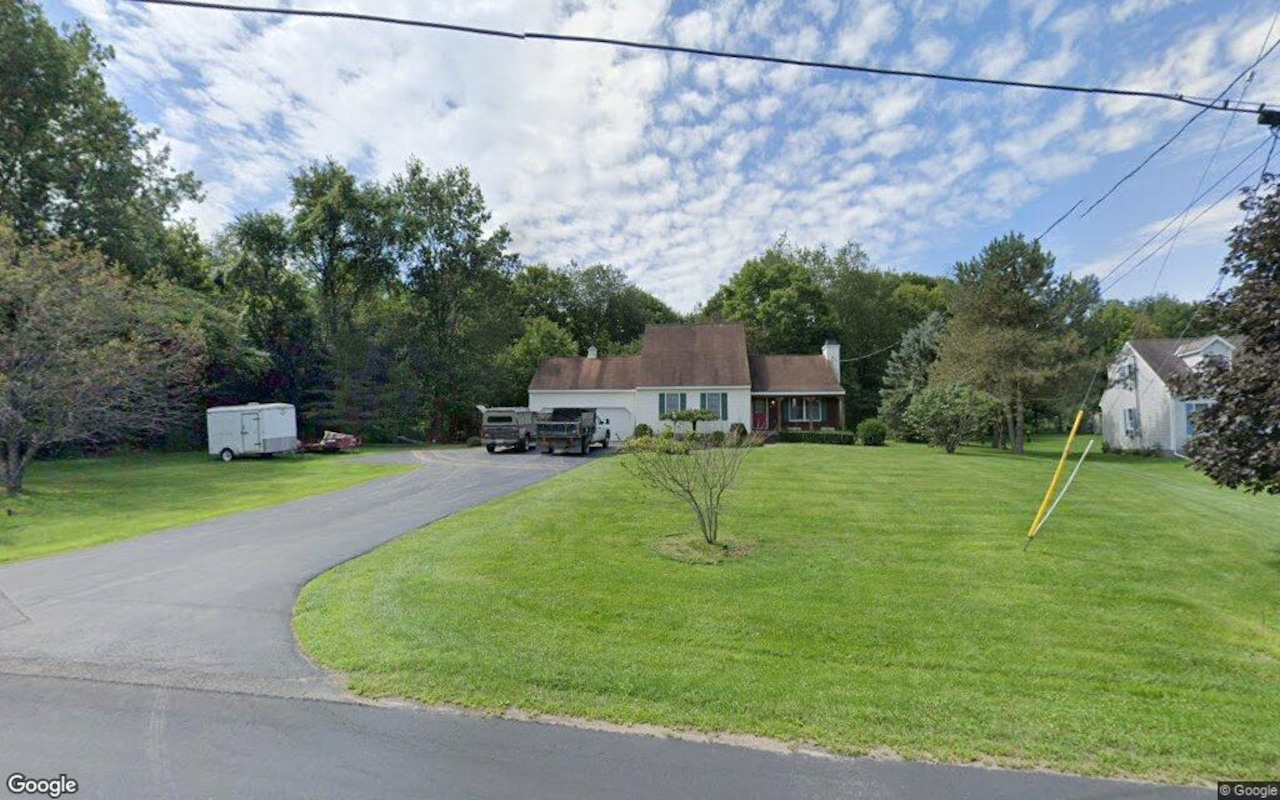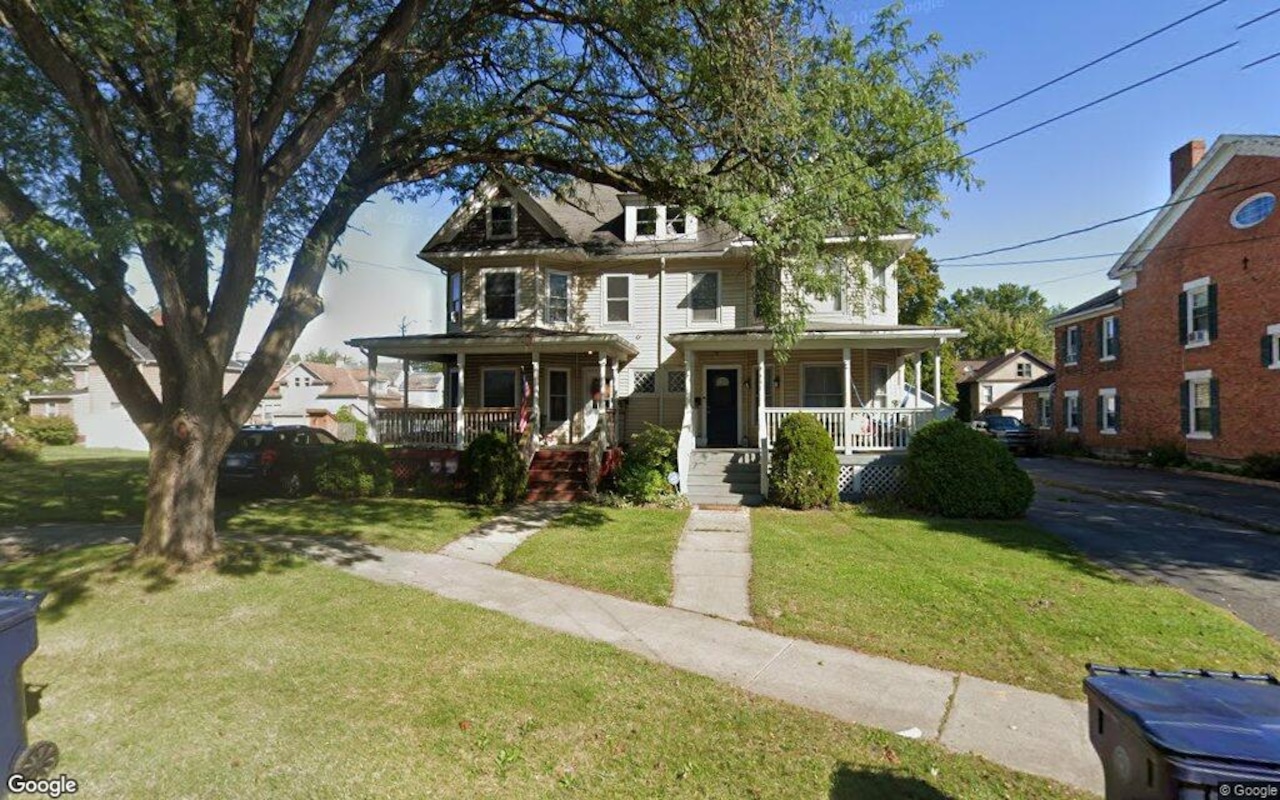T
he industrial real estate market in New England is experiencing a slowdown, with millions of square feet of new space remaining unoccupied. Despite this, rents for Class A properties have remained steady at $16 to $18 per square foot, while tenants are opting for older Class B buildings at around $12 per square foot. This disconnect between supply and demand has put pressure on developers and investors.
The changing needs of industrial tenants, particularly after the COVID-19 pandemic, are a key factor in this slowdown. Tenants no longer require expansive office spaces, instead prioritizing warehousing and distribution. As a result, office space within industrial buildings has decreased from 10% to just 3.5% to 5%.
To navigate these challenges, developers must be creative and adaptable. They should prioritize flexibility in design, allowing for easy reconfiguration of spaces and integration of new technologies. Outdoor storage and trailer storage options are in high demand, especially for logistics and distribution tenants.
Developers must also plan for the increasing power demands of modern tenants, who rely on automated technologies like robotics and AI. This requires reliable and abundant electricity, as well as infrastructure to support it. New energy codes and technologies are influencing design and cost, with higher insulation standards and more efficient systems becoming necessary.
Despite these challenges, there are areas of opportunity in the market. Automation and robotics are transforming industrial real estate, enabling greater efficiency but requiring careful building design and investment from tenants. Some developers are repurposing vacant spaces or integrating mixed-use developments, such as multifamily housing or combining industrial space with residential units to generate new revenue streams.
The increasing demand for data storage and computing power is also driving the conversion of some industrial buildings into data centers. While interest in this market is still growing, it presents a potential opportunity for developers looking to diversify their portfolios.














